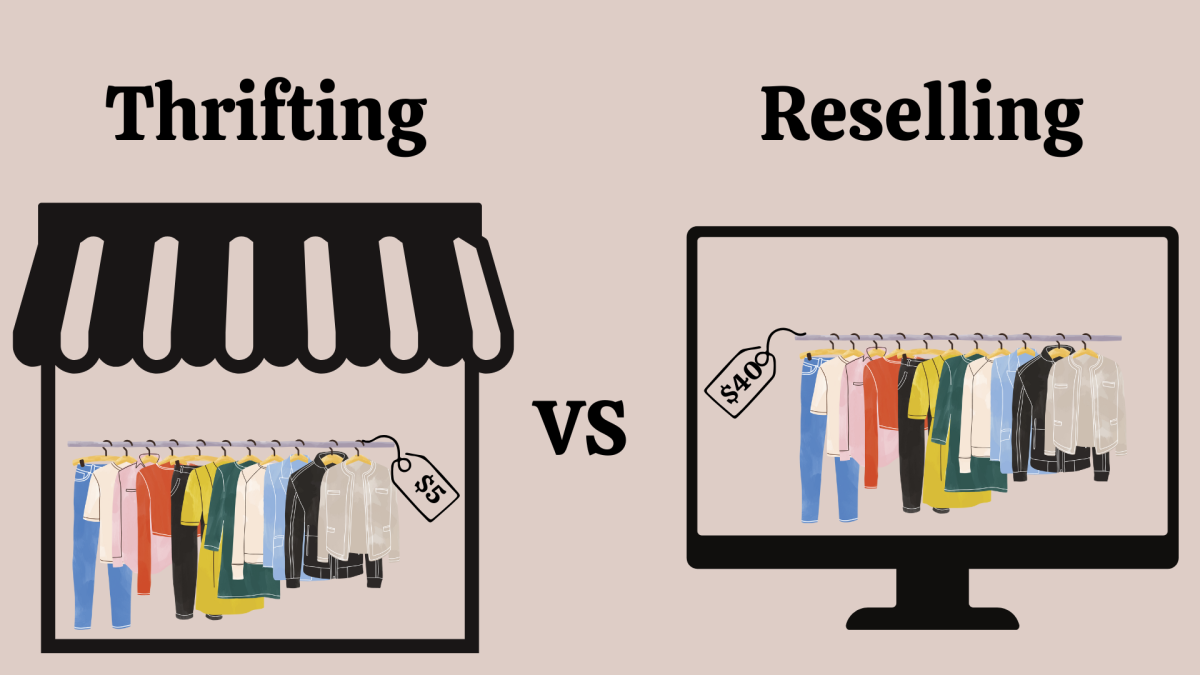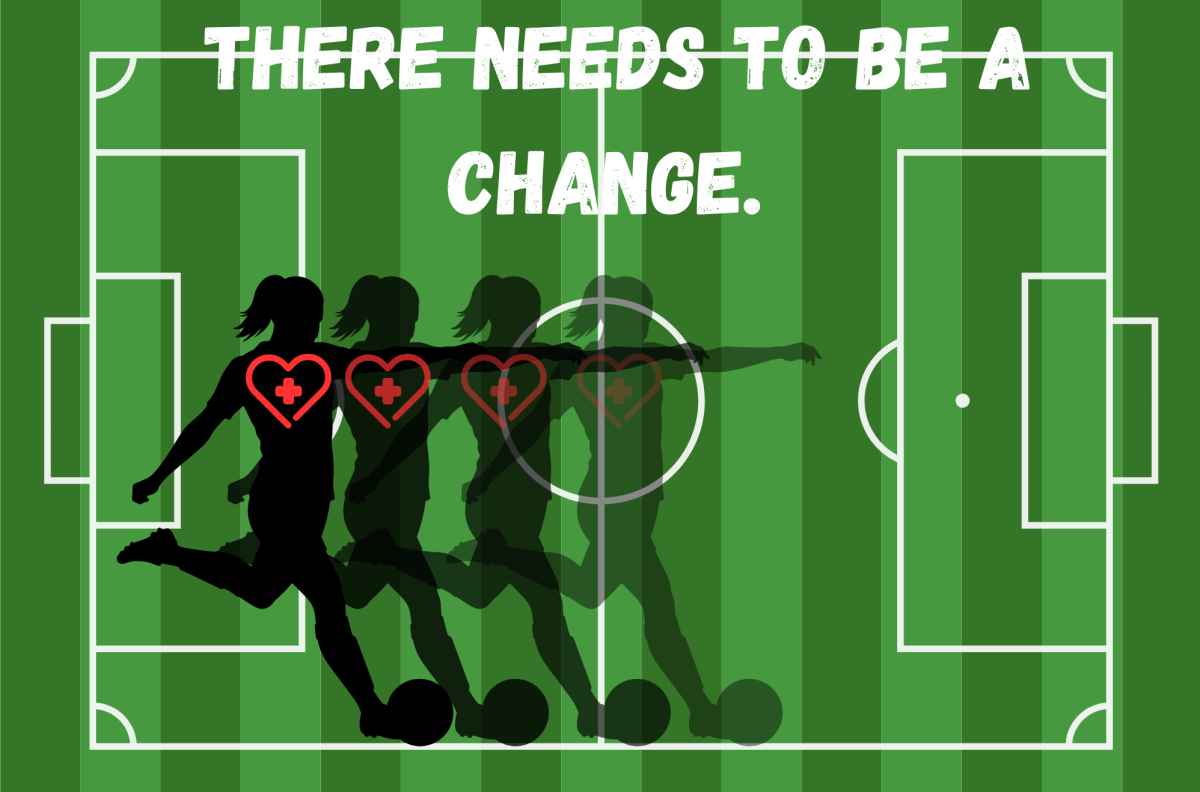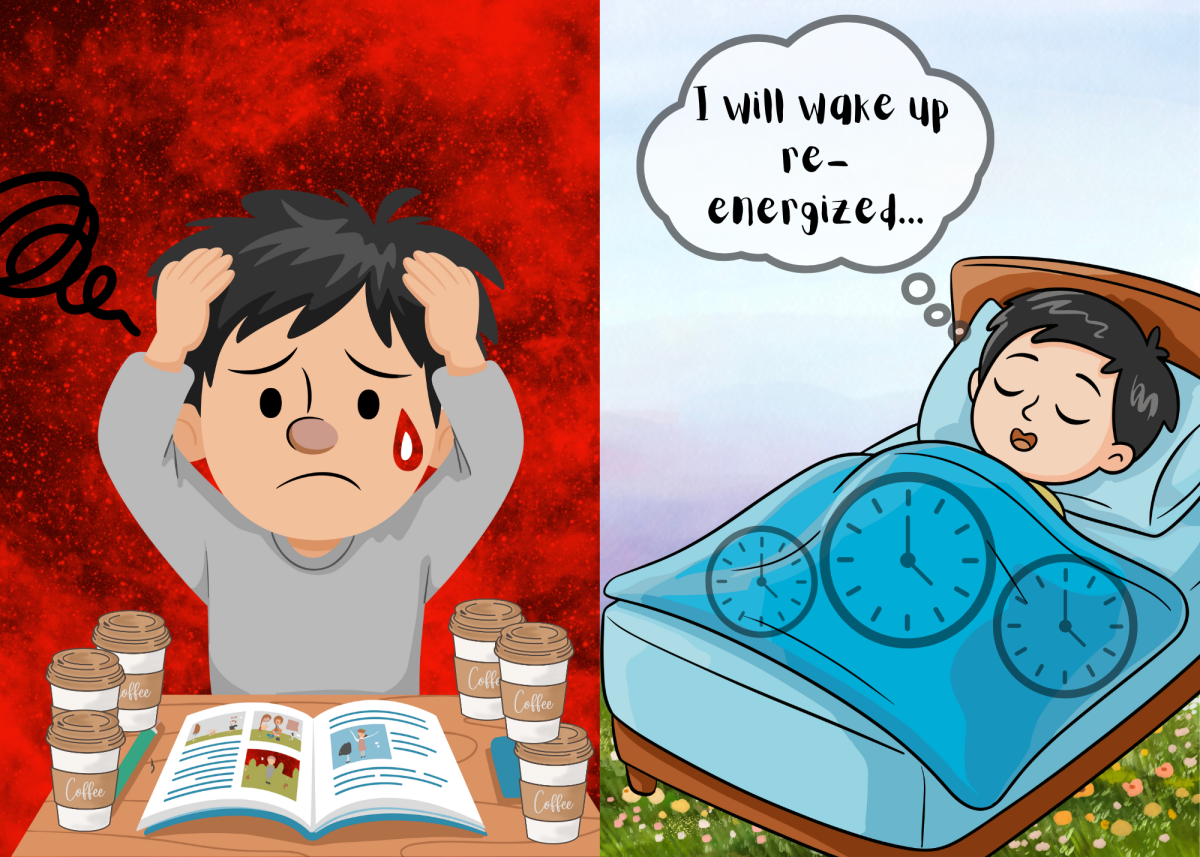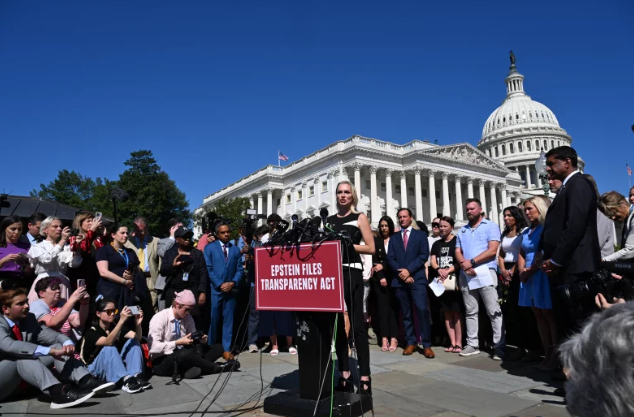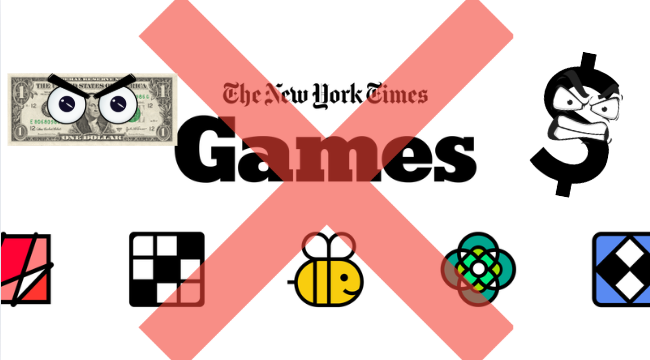One of the most common overconsumed goods in the United States is clothing. The average American now buys four times as many clothing items than they used to in 2000. Every few years, a new trend takes over. When the trend is over, these now “old clothes” get thrown aside. In a world where overconsumption can be seen almost everywhere, finding sustainable ways to reuse goods is crucial to saving our environment. To help keep these items from getting thrown away completely, thrift stores help recycle clothes that are still perfectly good, but you may be tired of seeing in your closet.
On top of providing a place for people to donate unwanted clothing, thrifting allows for a lot of other benefits to our environment. Not only is it a waste to throw away perfectly good clothes, but it also harms the already struggling environment. It can take over 200 years for those materials to decompose, a process during which toxic chemicals and gasses are released.
Another main benefit is price. Clothes sold in thrift stores are substantially cheaper than clothes that can be found in a retail store. This is crucial for families who are struggling financially and aren’t able to afford clothes elsewhere.
There are downsides to thrift stores, however. They sometimes lack the available amount of clothes, or the available clothes aren’t of great quality. Although some of this is uncontrollable, there is another reason as to why the amount of clothes available in thrift stores seems to be dwindling.
Clothing resellers have become increasingly popular as thrifting has also become popular. People have realized that they can go to thrift stores, buy cute, trendy clothes for cheap, and then resell them online at much higher prices. This causes the people who rely on these stores to be out of luck when it comes to finding basic items.
“They’re [resellers], taking away from people who can’t afford clothing, especially parents who are struggling to clothe their kids,” junior Tenzin Choenyi said. “They’re also profiting off of clothing that is usually marketed for people in a lower economic position, and as a result thrift stores have been raising prices.”
Thrifting is not an exclusive activity that only certain groups of people are allowed to do. Many people find joy in thrifting which has in turn helped remove a previously negative stigma around it; before, many people suffered from judgment due to not always having the newest and “best” clothes.
Now, thrifting is a fun and trendy activity that is helping in many different ways. However, resellers are reversing this work and causing harm to other consumers. Before you go thrifting it’s worth asking yourself a question: are you actually going to wear the clothes that you’re buying, or are you contributing to the harm that resellers create?


